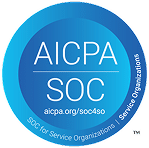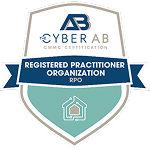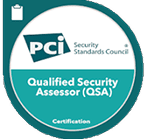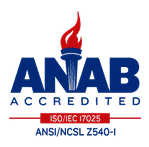FedRAMP® CERTIFICATION
Get more business and federal government contracts when you are FedRAMP certified. Have confidence in your data and earn the trust of your customers.
View customer success stories Take the next stepWHAT IS FedRAMP?
FedRAMP is a government-wide program that standardizes security assessments for cloud services used by U.S. federal agencies. Achieving FedRAMP authorization positions your organization to serve one of the largest cloud buyers in the nation and opens the door to being listed in the FedRAMP Marketplace—where agencies go first for trusted cloud solutions.
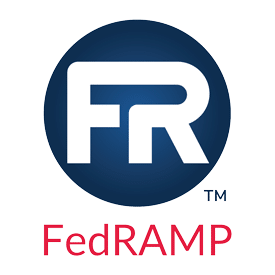
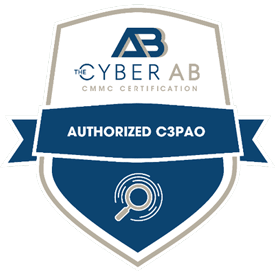
FedRAMP 20X: FASTER, SMARTER AUTHORIZATIONS FOR CSPs
Based on feedback that the authorization process is too expensive, time-consuming, and challenging, FedRAMP has initiated an industry-partner driven program called 20X. This new program will be a cloud-native continuous security assessment that seeks to evaluate the outcomes of automated monitoring and enforcement of commercial security best practices to meet the minimum security requirement for federal information systems.
There are several phases to the program buildout and 360 Advanced is closely following the development and achievement of all milestones. We will be ready to guide eligible clients through the FedRAMP 20X authorization process when it fully launches.
WHY FedRAMP MATTERS AND HOW WE HELP
Trusted security
A FedRAMP seal shows your commitment to the highest federal cloud security standards.
Expert Assessment Support
We guide you through every step of the FedRAMP assessment and certification process.
Certified 3PAO Partner
As a designated Third-Party Assessment Organization (3PAO), 360 Advanced is qualified to help CSPs `and federal contractors meet FedRAMP requirements.
FedRAMP CERTIFICATION PROCESS
STEP 1: FedRAMP Readiness
Core CSP Activities: Submit documentation and evidence of key controls.
360 Advanced 3PAO Activities:
We conduct an independent readiness assessment and issue a formal Readiness Assessment Report (RAR) per the FedRAMP Ready program guidelines.
STEP 2: Documentation
Core CSP Activities: Develop and submit core security program documentation to the Agency or JAB, including the System Security Plan (SSP) and related policies and procedures.
360 Advanced 3PAO Activities:
We perform a readiness review of the SSP and supporting documentation.
While the client is finalizing its SSP, 360 Advanced begins drafting the security assessment
STEP 3: Testing
Core CSP Activities: Develop and submit core security program documentation to the Agency or JAB, including the System Security Plan (SSP) and related policies and procedures.
Phase 1: Review and approve SAP before submission to the Agency or JAB.
Phase 2: Assist 360 Advanced by providing required documentation and testing evidence. Document any Plan of Action and Milestones (POA&M) generated from the assessment.
360 Advanced 3PAO Activities:
Phase 1: Draft and submit the SAP to the Agency or JAB for approval.
Phase 2: Conduct thorough testing of all in-scope controls, complete detailed control finding matrices, and issue SAR.
STEP 4: Finalization
Core CSP Activities: Submit security assessment package.
360 Advanced 3PAO Activities: We provide clarification to the Agency, JAB, and/or client as required to complete the authorization process.
STEP 5: Annual Maintenance
Core CSP Activities: Conduct annual continuous monitoring activities as specified in the FedRAMP Annual Assessment Guidance
360 Advanced 3PAO Activities: We’ll conduct an annual assessment of core controls and 1/3 of the remaining NIST control set, including a review of POA&Ms and remediation. We’ll also perform annual penetration testing and oversee scanning activities as required.
Contact
Start your FedRAMP certification today
The benefits of FedRAMP compliance can offer long-lasting returns, enabling providers to secure a foothold in the lucrative federal market. Let 360 Advanced guide your journey to achieving one of the cloud industry’s most stringent security compliance standards.
Learn more about Fedramp with our free guide
Download 360 Advanced’s guide to navigating the complex requirements of the Federal Risk and Authorization Management Program (FedRAMP), which ensure that cloud offerings meet the stringent security standards required by federal agencies.
Download the FedRAMP Guide Now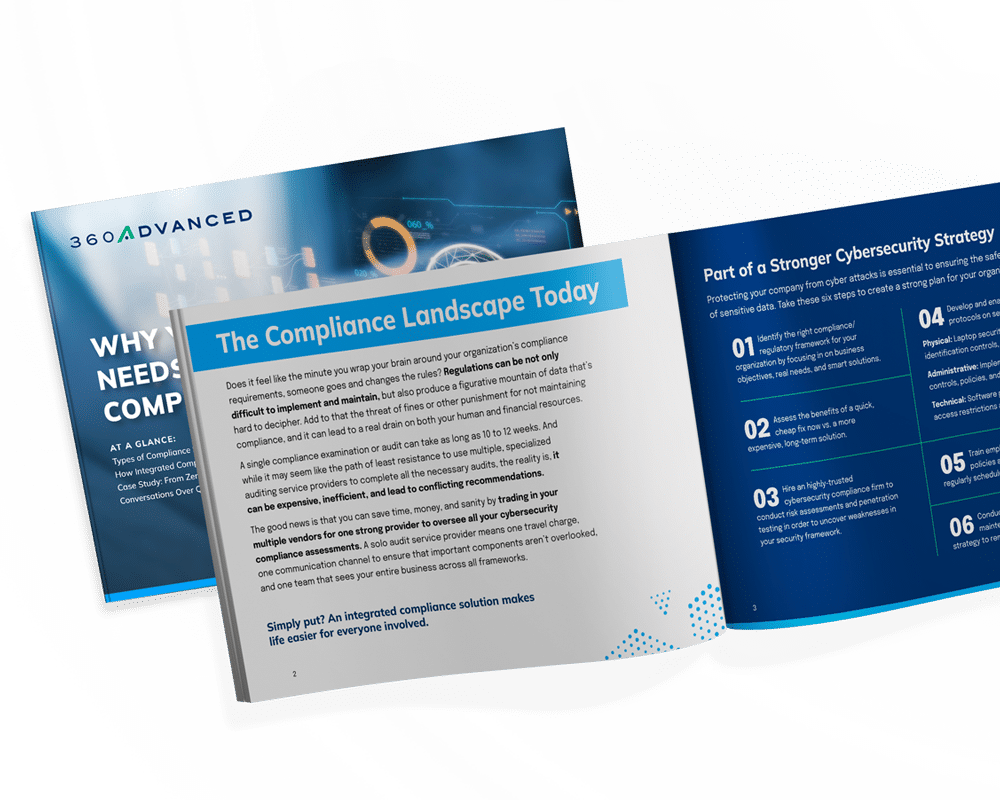
360 Advanced FedRAMP News and Resources
Explore a wealth of knowledge in our client stories, insightful blogs, cutting-edge white papers, and the latest press releases—your gateway to a repository of expertise and industry insights.
Blog
Why StateRAMP’s Rebranding To GovRAMP Matters For Government Contractors
February 24, 2025
Read MoreBlog
Navigating NY DFS’s New Guidance on AI Cyber Risks: What SMBs Need to Know
October 28, 2024
Read More
